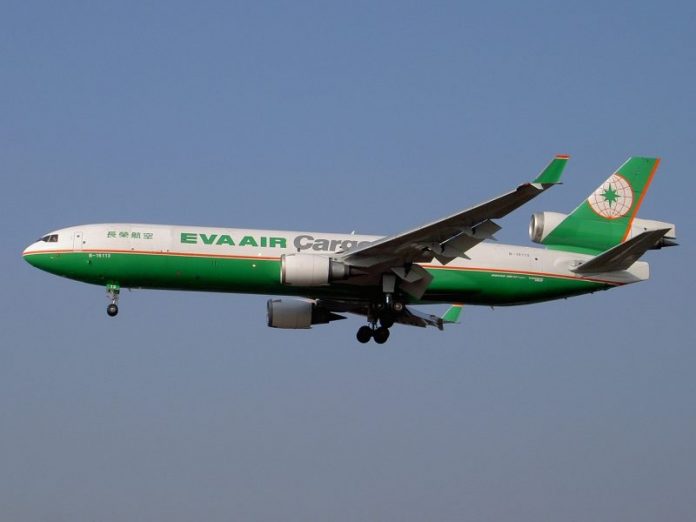
-
Global air cargo demand was flat in July 2023 at 0.8% below the July 2022 level
-
The situation is still seen as an improvement considering declines in global trade volumes and rising concerns over China’s economy
-
North American carriers posted the weakest performance of all regions, with a 5.2% year-on-year decrease in cargo volumes in July 2023
-
The strongest performance in July 2023 was by African airlines, with a 2.9% increase in cargo volumes compared to July 2022
Global air cargo demand was flat in July but was still an improvement on recent months’ performance considering declines in global trade volumes and rising concerns over China’s economy, the International Air Transport Association (IATA) said in a media statement.
Measured in cargo tonne-kilometers (CTKs*), global demand was 0.8% below July 2022 levels (-0.4% for international operations). This compares with the previous month’s performance of -3.4%.
Capacity, measured in available cargo tonne-kilometers (ACTKs), was up 11.2% vis-à-vis July 2022 (8% for international operations), reflecting growth in belly capacity (29.3% year-on-year) due to the summer season, IATA said.
“Compared to July 2022, demand for air cargo was basically flat. Considering we were 3.4% below 2022 levels in June, that’s a significant improvement. And it continues a trend of strengthening demand that began in February. How this trend will evolve in the coming months will be something to watch carefully. Many fundamental drivers of air cargo demand, such as trade volumes and export orders, remain weak or are deteriorating. And there are growing concerns over how China’s economy is developing. At the same time, we are seeing shorter delivery times, which is normally a sign of increasing economic activity. Amid these mixed signals, strengthening demand gives us good reason to be cautiously optimistic,” said Willie Walsh, IATA’s Director General.
Several factors in the operating environment were noted in July, according to IATA. These include a decline in global manufacturing production and exports as evidenced by manufacturing output Purchasing Managers Index or PMI (49.0) and new export orders PMI (46.4) being below the critical threshold represented by the 50 mark.
For the third month in a row in June, global cross-border trade contracted 2.5% year-over-year, reflecting the cooling demand environment and challenging macroeconomic conditions, IATA added.
The difference between the annual growth rates of air cargo and the global goods trade narrowed to -0.8 percentage points in June. IATA pointed out that while air cargo growth is still lagging world trade, the July gap is the slimmest since January 2022.
In July, the global supplier delivery time PMI was 51.9, signaling fewer supply chain delays. Save for China, all major economies recorded PMIs above 50. The US, Europe and Japan had PMIs of 54.2, 57.7, and 50.4, respectively.
A mixed picture was seen for inflation in July, IATA noted, with the increase in US consumer prices picking up pace for the first time in 13 months. In China, both consumer and producer prices fell, pointing to a possible deflationary economy.
July regional performance
Asia-Pacific airlines saw their air cargo volumes increase by 2.7% in July 2023 vis-a-vis the same month in 2022, a significant improvement in performance compared to June (-3.3%).
North American carriers posted the weakest performance of all regions, with a 5.2% decrease in cargo volumes in July 2023 compared to the same month in 2022, marking the fifth consecutive month in which the region had the weakest performance. It was, however, a slight improvement compared to June (-5.9%).
The strongest performance in July 2023 was by African airlines, with a 2.9% increase in cargo volumes compared to July 2022.
European carriers saw their air cargo volumes slip by 1.5% year-on-year in July 2023. This was, however, a better performance versus June’s -3.2%.
Middle Eastern carriers experienced a 1.5% year-on-year increase in cargo volumes in July 2023, an improvement to the previous month’s performance (0.6%).
Latin American carriers posted a 0.4% increase in cargo volumes compared to July 2022. This was a drop in performance compared to the previous month (2.2%).
RELATED READ: Air cargo decline eases in June – IATA




